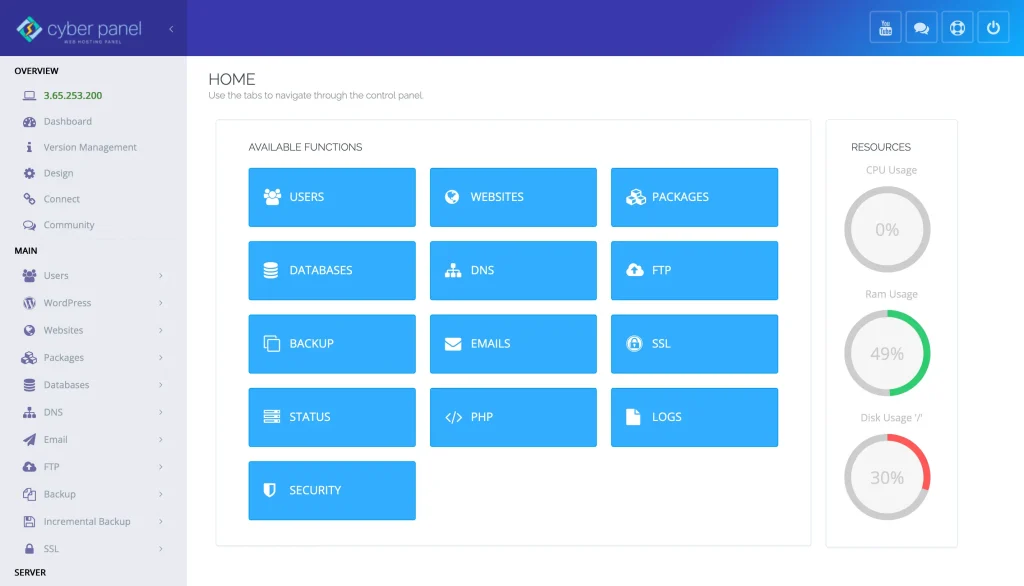In the modern world of IT process automation, one thing is clear: automation should be efficient. Services should not be restarted for no reason. Servers should not be expending valuable resources. Live environments should not be interrupted without good reason. This is exactly where Ansible handlers come in.
These automation components apply conditional logic to your playbooks. Instead of restarting services every run, you will only perform actions when real changes occur. For example, you can reload Apache only if its configuration is changed. This yields saving time and preventing downtime while keeping automation workflows controlled.
In this piece, we will look at handlers in Ansible, their implementation, the workings behind ansible-flush-handlers and ansible-force-handlers, as well as how to use ansible global handlers in order to enhance automation architectures.
No matter if you are dealing with basic servers or sophisticated infrastructure systems, knowing the effective use of Ansible handlers will most certainly enhance your automation.
So, let’s get started.
What Are Ansible Handlers?
Handlers are such tasks that are executed only when the task is notified by a “notify” action from other tasks. They are mostly used for managing services, for example, restarting a service if a configuration file has changed.
Get exclusive access to all things tech-savvy, and be the first to receive
the latest updates directly in your inbox.
Basic Handler Configuration
handlers:
- name: Restart Apache
service:
name: apache2
state: restartedtasks:
- name: Copy new Apache config
copy:
src: apache.conf
dest: /etc/apache2/apache.conf
notify: Restart ApacheOutput: When the Config file changes
TASK [Copy new Apache config]
changed: [192.168.1.100]
RUNNING HANDLER [Restart Apache]
ok: [192.168.1.100]If the hasn’t changed
TASK [Copy new Apache config]
ok: [192.168.1.100]
PLAY RECAP
No handlers were runUsing ansible flush_handlers
Handlers get triggered after all tasks in a playbook by default, but there are times when you want to force them to run immediately after they have been notified. This is where ansible flush_handlers comes in.
tasks:
- name: Copy updated config
copy:
src: myconfig.conf
dest: /etc/myconfig.conf
notify: Reload Service
- name: Flush all notified handlers now
meta: flush_handlers
Output:
TASK [Copy updated config]
changed: [localhost]
META: flush_handlers
RUNNING HANDLER [Reload Service]
changed: [localhost]
In this case, ‘myconfig.conf’ file is made into ‘/etc/myconfig.conf’ file. After that, the Reload Service handler must be notified.
This ensures mid-playbook service restarts where needed, like during rolling updates or multi-step changes.
Forcing Handlers to Run with ansible force_handlers
Without any tasks issued notifying handlers, a handler will not be executed “notify” notification execution.
tasks:
- name: Force all handlers to run
meta: run_handlers
Ansible Global Handlers
Ansible aids towards one context can make multiplicity activation utilizing listen thus permit use of several handlers to one handler.
handlers:
- name: Restart Apache
listen: web_services_restart
service:
name: apache2
state: restarted
- name: Restart PHP
listen: web_services_restart
service:
name: php7.4-fpm
state: restarted
tasks:
- name: Update website files
git:
repo: 'https://github.com/myproject/web.git'
dest: /var/www/html
notify: web_services_restart
Output:
RUNNING HANDLER [Restart Apache]
changed: [localhost]
RUNNING HANDLER [Restart PHP]
changed: [localhost]
Real-World Use Case: Automating CyberPanel with Handlers

CyberPanel, a next-gen web hosting control panel, interacts with automation via Ansible.

Imagine you are controlling many CyberPanel nodes. You would want to:
- Install CyberPanel
- Push a config file
- Restart the CyberPanel service only if the configuration has changed.
Playbook Example:
- hosts: cyberpanel_nodes
become: true
tasks:
- name: Copy updated CyberPanel config
copy:
src: cyberpanel.conf
dest: /usr/local/CyberCP/CyberCP/settings.conf
notify: Restart CyberPanel
handlers:
- name: Restart CyberPanel
service:
name: lscpd
state: restarted
FAQs
Can handlers be notified more than once?
Yes, and while they can be notified multiple times, a handler will only execute once per play.
What happens if a handler is never notified?
In that case, it simply does not run until you force it with meta: run_handlers.
Can one task notify multiple handlers?
Definitely. You can notify an entire group of handlers through the notify: parameter.
Are handlers inherited in included roles?
Certainly. Any role may frame their own handlers, and the tasks within can notify those handlers.
Final Thoughts: Unlocking Power with Ansible Handlers
The beauty of Ansible handlers is that they are not just a neat feature; they are an approach to automating work that is extremely efficient. They add important conditional reasoning, cut out redundant actions and streams, and minimize unneeded operations.
Whether you are deploying simple applications or controlling infrastructures powered by CyberPanel, mastering handlers with Ansible will help ensure that amendments are precise and purposeful—without stalling services.
Ready to Automate Smarter? Don’t just automate. Set your intent to automate and execute controls through handlers!



